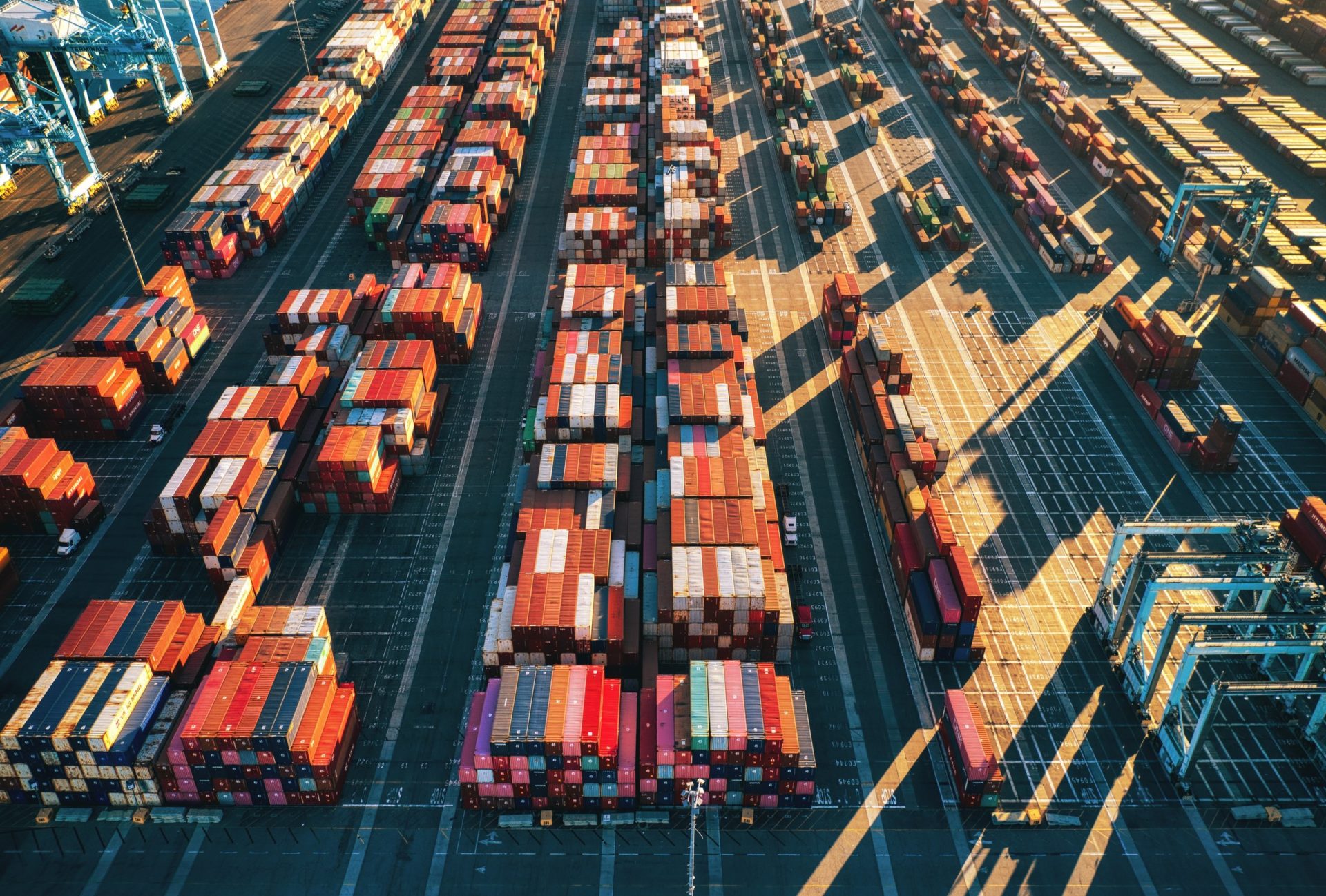
The world’s supply chains are going through a tumultuous time. The complex process of moving goods from their source to consumers usually works in the background of most people’s lives, but for us who maintain this chain, we know that it is a complex international dance that aligns resources with demands with only minor disruptions. The machinations of our trade networks were never perfect to begin with, but the pandemic caused numerous upsets and brought the issue to the forefront of our lives.
Supply chains work best in boring environments with predictable growth and demand. These conditions are stable domestic and international political environments, and normal health and weather conditions. This stability allows for the process to adjust and accommodate incremental changes in conditions and demands.
But the past two years have been anything but incremental. As the pandemic started, supply chain stresses appeared almost immediately as the world rushed to find the masks, gloves, and ventilators needed to limit COVID’s spread. Shutdowns and re-openings further shocked the system as companies reduced their costs by cutting capacity and then the sharp recovery forced them to quickly reverse course. Additionally, most industrial countries faced severe workforce shortages before the pandemic’s impact, but the virus caused an even gap between open jobs and available workers as many people have not immediately returned to work.
Beyond these factors, one of the major forces bringing the logistics system to a standstill was the violent swings in supply and demand. Most years, businesses can factor in the ebb and flow of the market thanks to models of historical precedent. But what happens when the world is confronted with a once-in-a-century crisis? An utter shock to the system.
Retail sales, for example, plummeted by 30 percent at the beginning of the pandemic, almost immediately recovered that loss, and then surged an additional 15 percent. The surge occurred as people were unable (or unwilling) to travel or visit restaurants and switched their spending to buy more stuff.
Surges like these have occurred in many industries, clogging our logistics system. We’ve all seen the ships anchored in the Los Angeles harbor. Even with the ports moving to 24/7 operations, some experts say this backlog will not be cleared until the middle of next year. Many of these containers move to the rest of the country by rail through critical switching hubs. One of these hubs – in Joliet, Illinois – recently had trains backed up for more than 25 miles, waiting to be unloaded.
Of course, trucking is the final transit mode for most of these goods as containers are loaded onto frames to make their way to their destinations. But trucking, too, is facing some systemic issues. First, the pile-up of containers in the yard created a bit of a “cluttered closet” effect. Similar to how it is difficult to find a particular shirt or blouse in a stuffed closet, the same can be true to finding a particular container in a yard packed with them. Second, we have 22,000 fewer truckers on the road than in 2019. More goods and fewer ways to move them bottles up the entire process.
Individually executed, short-term solutions can make the situation worse. Many companies have ordered two or three times what they need in hopes of getting what they need. This sends false signals to suppliers as they try to meet demand. Ocean freight companies, for example, are now using smaller ships to move containers, which are less efficient to move, load, and unload. Some companies are returning containers immediately to Asia, rather than waiting for them to be refilled, setting up a shortage of “Orient-bound capacity” – especially from the middle of the country. Finally, the starts and stops of domestic manufacturing make it more difficult to meet demand effectively and efficiently.
Meaningful improvement will take time. We can increase the capacity of the supply chain with investments in infrastructure, transit assets, and better information sharing. We can also use new technology to drive efficiencies in production and logistics. Finally – and my favorite – we can increase domestic manufacturing capacity for critical products with problematic sources. All three of these options take to resolve, capital, coordination, and a willingness to focus on the most critical problems first. It also requires us to continue honing our supply chain even after the acute distress we feel now has subsided.
We’ve seen the end results of these overtaxed supply chains: costs increased by multiples. A container that once cost about $3,000 to ship from Asia to the West Coast now clocks in at $20,000. If the average value of the goods in these containers is about $40,000, shipping costs escalated from 7.5% to 50% of the product’s costs.
Supply inconsistencies are slowing economic growth and making it more difficult to maintain predictable operations. Not to mention the worker shortage midst the increasing demand is causing more labor unrest as we have seen more than 180 strikes during 2021.
All of this should concern us as we move forward in an uncertain world. The longer prices accelerate, the more inflation becomes part of the economy. The more disruptions we have in supply, the more difficult it becomes to keep the economy healthy and growing. If we fail to take advantage of this opportunity to rebuild our manufacturing capabilities in strategic and competitive ways, our future security could depend on long supply chains originating in places we cannot trust.
Buckley Brinkman
The Executive Director & CEO of the Wisconsin Center for Manufacturing & Productivity sine June of 2011, Buckley is experienced in Lean, Six Sigma, supply chain management, and turnaround planning. He has led efforts to save dozens of operations in the U.S. by finding new ways for them to compete. He revived the North American operations of the world’s largest playing card company, led the turnaround of a prominent trade bindery, and catalyzed the profitable turnaround of a recycled paperboard mill.
A Wisconsin native, Brinkman holds a Business degree from the University of Wisconsin and an MBA from the Harvard Business School.







